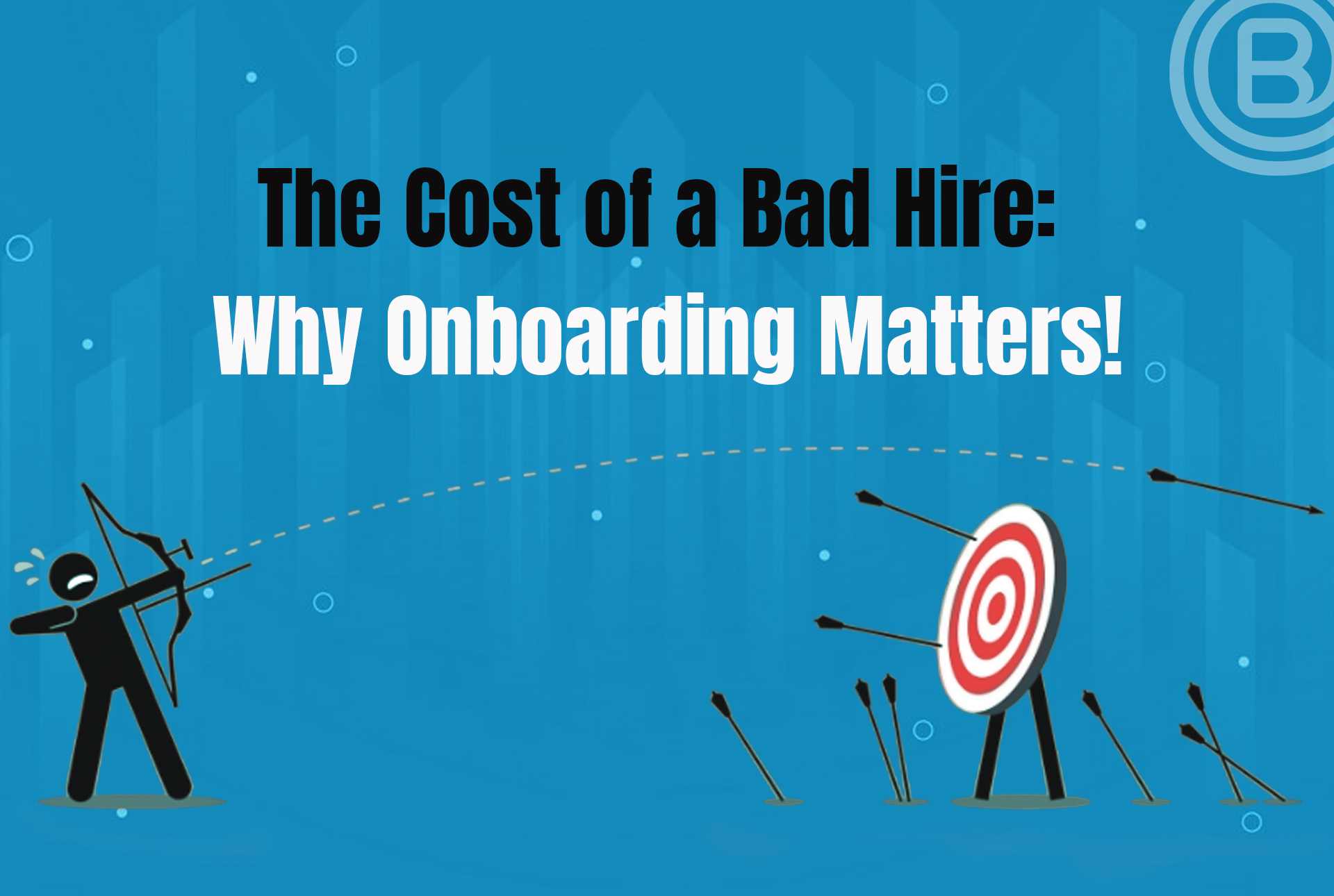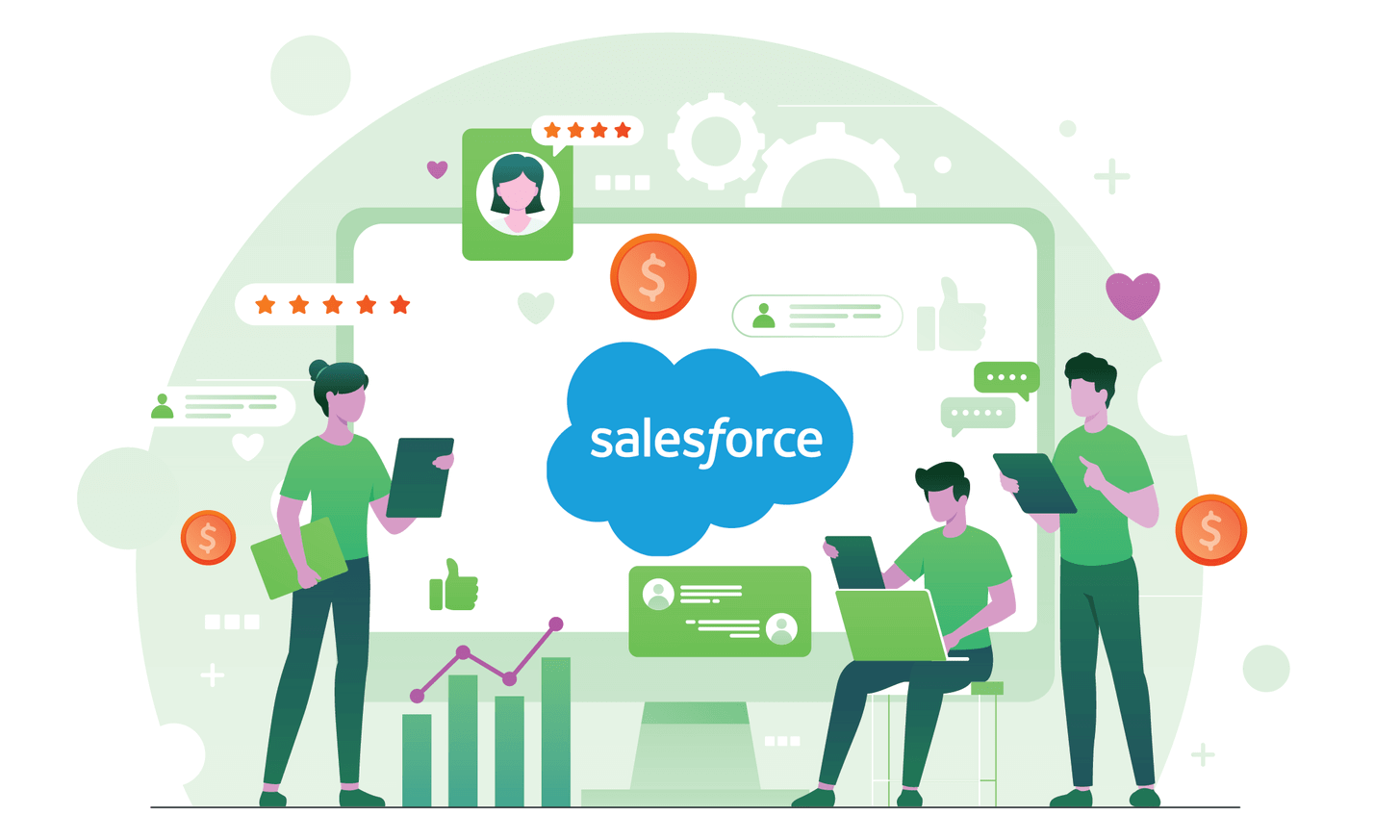
Effective onboarding sets the stage for a smooth transition into the company, ensuring that new hires are equipped with the necessary knowledge, resources, and support to thrive in their roles. It not only facilitates the integration of new employees into the team but also contributes to their engagement, productivity, and long-term retention.
Defining a Bad Hire: Looking Beyond Skills
While technical skills and qualifications are important considerations in the hiring process, they are not the sole indicators of a successful hire. A bad hire goes beyond mere skill deficiencies and can involve issues such as poor cultural fit, a lack of alignment with company values, or behavioural issues that disrupt team dynamics. Identifying these non-technical factors is crucial in avoiding hiring mistakes that can have detrimental effects on the organization.
Financial Impact: Assessing Onboarding Costs
The financial ramifications of ineffective onboarding extend far beyond the immediate costs of recruitment and training. While these initial expenses are significant, they represent just the tip of the iceberg when it comes to the true impact of a bad hire on an organization’s finances.
A) Increased Turnover Costs
One of the most obvious financial consequences of a bad hire is increased turnover. When a new employee is not the right fit for the role or the company, they are more likely to leave within a short period.
This turnover not only results in the loss of the initial investment made in recruiting and training the employee but also incurs additional expenses associated with the recruitment process for their replacement.
These costs include advertising the job opening, conducting interviews, and performing background checks, among others.
B) Lost Productivity
A bad hire can have a detrimental effect on productivity within the organization. This could be due to the new employee’s inability to perform their duties effectively or their negative impact on team dynamics, which can lead to decreased motivation and collaboration among other team members. As a result, projects may be delayed, deadlines missed, and overall efficiency compromised.
The lost productivity resulting from a bad hire translates directly into financial losses for the organization, as time and resources are wasted on efforts that fail to yield the desired results.
C) Rehiring and Retraining Expenses
When a bad hire leaves the organization, the process of finding and training a replacement begins anew. This incurs additional costs, both in terms of time and money. The organization must invest resources in advertising the job opening, sourcing candidates, conducting interviews, and performing background checks. Once a suitable candidate is hired, further expenses are incurred in training them to perform their duties effectively.
These rehiring and retraining expenses can quickly add up, exacerbating the financial impact of the initial bad hire.
D) Intangible Costs
In addition to the tangible financial costs associated with a bad hire, there are also intangible costs that can have long-term repercussions for the organization. Damage to employee morale and team dynamics can result in decreased motivation, engagement, and satisfaction among the remaining employees.
This can lead to higher levels of absenteeism, turnover, and decreased productivity, further exacerbating the financial impact of the bad hire.
Moreover, a negative reputation resulting from high turnover rates or poor employee satisfaction can make it more difficult for the organization to attract top talent in the future, leading to additional recruitment challenges and associated costs.
Rethinking Metrics: Beyond Cost per Hire
Traditional metrics like cost per hire provide valuable insights into recruitment efficiency but may fail to capture the full extent of onboarding effectiveness. By focusing solely on short-term cost savings, organizations risk overlooking the long-term consequences of a bad hire, including its impact on team dynamics and organizational culture. A more comprehensive approach is needed to evaluate onboarding success and identify areas for improvement.
Comprehensive Impact: Evaluating Beyond Finances
The consequences of a bad hire extend far beyond financial losses to encompass broader organizational challenges. A mismatched hire can disrupt team cohesion, erode trust among colleagues, and undermine morale across the organization. Moreover, it can tarnish the company’s reputation both internally and externally, making it harder to attract and retain top talent in the future.
Early Warning Signs: Spotting Red Flags
Effective onboarding begins long before a new employee’s first day on the job. By paying attention to subtle cues during the recruitment process and early interactions with candidates, employers can identify potential red flags that may indicate a poor fit. These can include discrepancies between a candidate’s stated values and behaviours, a lack of alignment with the company culture, or signs of resistance to feedback and collaboration.
Ripple Effect: Consequences of Poor Hiring
The consequences of a bad hire reverberate throughout an organization, influencing productivity, morale, and ultimately, its bottom line. When a new employee fails to meet expectations or disrupts team dynamics, the ripple effects can be significant and long-lasting which includes,
- Decreased productivity ensued from the inefficiency or disruption caused by the new hire, impacting the entire team’s output.
- Heightened turnover rates result from dissatisfaction or disengagement among employees, leading to a cycle of instability and underperformance.
- The organization experiences a decline in morale and engagement, further compounding the challenges and hindering overall performance.
Expert Solutions: Onboarding Agency Benefits
Navigating the complexities of effective onboarding poses a considerable challenge for organizations seeking to maximize the potential of their new hires. Recognizing the importance of a seamless transition for incoming employees, many businesses turn to specialized staffing agencies for expert support. These agencies offer tailored solutions to address the unique needs and challenges of each organization, leveraging their expertise and resources to optimize the onboarding process and ensure long-term success. The benefits offered by the staffing agencies include:
- Customized Support: Staffing agencies provide personalized solutions tailored to the specific requirements of each organization, ensuring that onboarding processes align with company culture and objectives.
- Expertise and Resources: With extensive experience in recruitment and onboarding, staffing agencies bring valuable insights and resources to the table, streamlining the transition for new hires and minimizing potential pitfalls.
- Consistency and Quality: By outsourcing onboarding tasks to staffing agencies, organizations can maintain consistency and quality across the board, ensuring that all new hires receive the same level of attention and support.
- Focus on Core Business Objectives: By offloading onboarding responsibilities to external experts, organizations can free up internal resources to focus on core business objectives, driving innovation and growth without compromising onboarding quality.
- Flexibility and Scalability: Staffing agencies offer flexibility and scalability to adapt to changing organizational needs, whether it’s scaling up during periods of growth or adjusting strategies to accommodate shifting priorities.
- Ongoing Support: Beyond the initial onboarding phase, staffing agencies provide ongoing support to ensure the continued success and integration of new hires, offering mentorship, training, and guidance as needed.
Proactive Measures: Effective Onboarding
The prospect of hiring the wrong candidate looms large, carrying significant repercussions for organizational success. However, regardless of whether organizations opt to engage external support such as onboarding agencies, the linchpin to mitigating such risks lies in proactive intervention and steadfast support. By embracing proactive measures, businesses can fortify their onboarding processes and pave the way for new hires to thrive within the organization. Proactive measures for effective onboarding include,
- Comprehensive Onboarding Programs: Develop tailored onboarding programs that transcend mere orientation, encompassing thorough training, introductions to key stakeholders, and clarification of roles and expectations.
- Prioritizing Communication: Establish effective communication channels from the outset, facilitating seamless interaction between new hires, teams, managers, and HR personnel.
- Mentorship and Guidance: Implement mentorship programs or buddy systems to provide new employees with guidance, answer questions, and ease their transition into the company culture.
- Feedback Mechanisms: Incorporate regular feedback sessions into the onboarding process, providing opportunities for new hires to voice concerns, receive constructive criticism, and adjust their approach accordingly.
- Continuous Learning Culture: Foster an environment of continuous learning and development, offering opportunities for skill enhancement, professional growth, and career advancement.
- Employee Empowerment: Empower employees to take ownership of their learning journey and career progression, fostering a sense of autonomy and commitment to organizational goals.
- Leadership Involvement: Ensure active involvement from leadership in the onboarding process, demonstrating a commitment to the success and integration of new hires within the organization.
Prioritizing Success Through Onboarding Excellence
Effective onboarding is a critical component of organizational success, with far-reaching implications for employee engagement, productivity, and retention. By recognizing the importance of onboarding beyond just technical skills, evaluating its impact comprehensively, and investing in proactive strategies and expert support, organizations can minimize the risks of bad hires and position themselves for long-term growth and sustainability.
Take the first step towards building a strong and cohesive team by implementing these proven techniques. Invest in the future of your organization and unlock the full potential of your workforce.
Start optimizing your onboarding process now!
Recommended Reading:
The Role of Gig Workers: A Comprehensive Overview
10 Powerful Onboarding Process Examples You Need to Try
The Impact of Artificial Intelligence on Modernizing Recruitment Procedures










